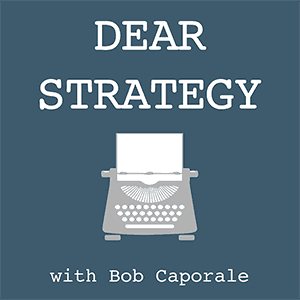Dear Strategy:
“How do you differentiate between strategic objectives, strategy, goals, and priorities?”
Although this question only chooses four different terms to focus in on, I think the core of the issue here is that there are so many darn strategic terms to choose from that it can just be downright confusing.
Being a consultant, at least to some extent, I feel I can safely say that we are the cause of this particular problem. Every book we write has to be just slightly different than the last. Every phrase we coin has to provide some tiny little potentially trademarkable twist that we can each call our own. And even though all of our theories are only marginally different at best, we have effectively put enough terms into the system to confuse even the most seasoned of strategic vets.
To make all of this a little bit easier to understand, I would like to present three strategic layers into which most all of these ubiquitous terms will inevitably fall. They are:
- What do you want to achieve?
- How are you going to achieve it?
- How are you going to execute on your plan?
Into the first layer, you can put the terms vision, goals, objectives, and strategic objectives. All of these have slightly different meanings, mostly having to do with the level of detail that they respectively cover. But, at their core, all of these terms collectively come together to define what you want to achieve.
The second layer is your plan. The terms here are strategies, strategic initiatives, and strategic priorities. Again, these all have slightly different twists to them, but they all generally fall into the categories of how you intend to achieve your overall objectives.
The third layer consists of the tactics, actions, projects, or investments that will ultimately allow you to execute on your plan.
The point of all this is not to worry so much about the textbook definition of every single term you come across. Sure, the subtle differences may help you to think about strategy in new and different ways, and may even help you to spark some new ideas that nobody has ever thought of before. And that’s probably the point of having so many terms in the first place – to encourage creative new thought. But when these points of inspiration become points of confusion, then we’re actually missing the point altogether.
So, if that’s the point you’ve reached, just remember the 3 layers. And then rest easy knowing that, even if you don’t follow all of the hundreds of textbook definitions, you’ll probably still manage to put together a viable strategic plan.
Listen to the podcast episode
Dear Strategy: Episode 029

###
Bob Caporale is the author of Creative Strategy Generation and the host of the Dear Strategy podcast. You can learn more about his work by visiting bobcaporale.com.




